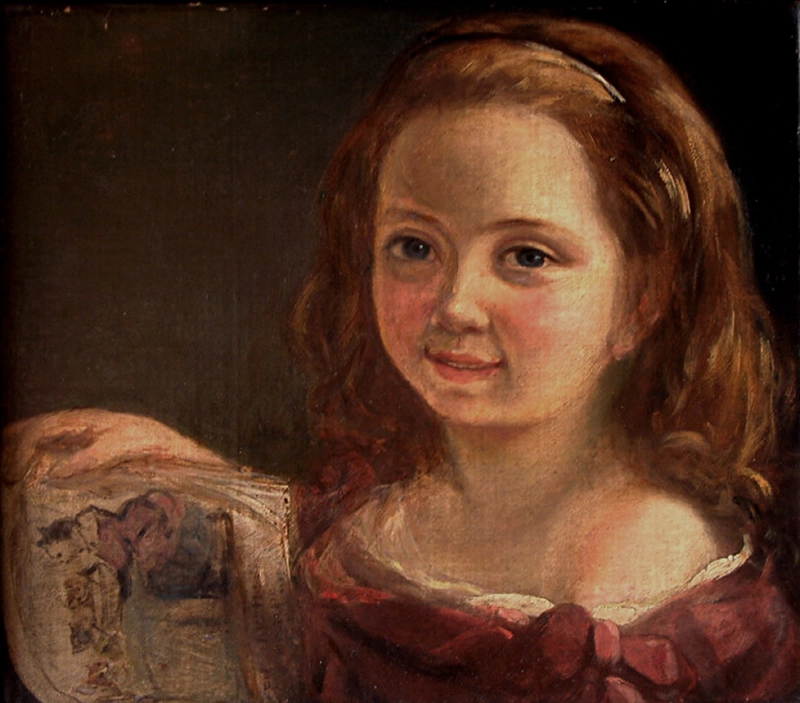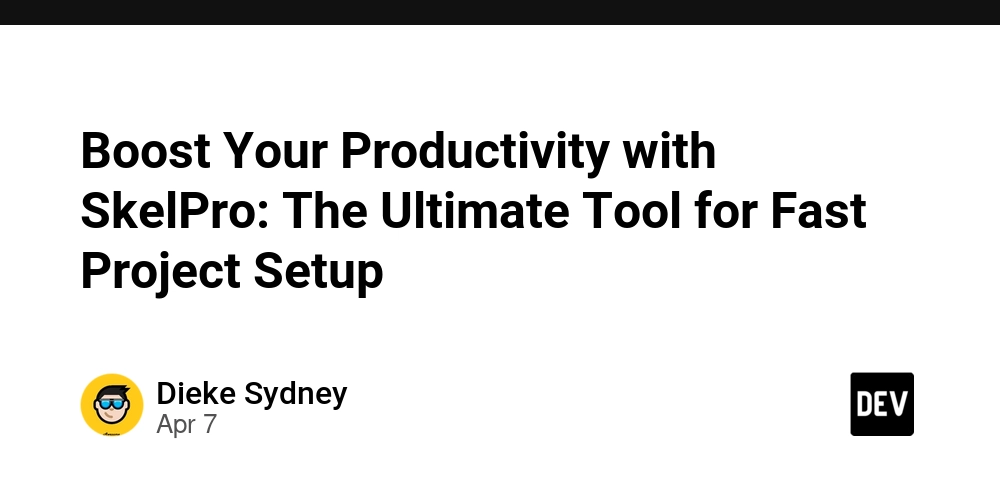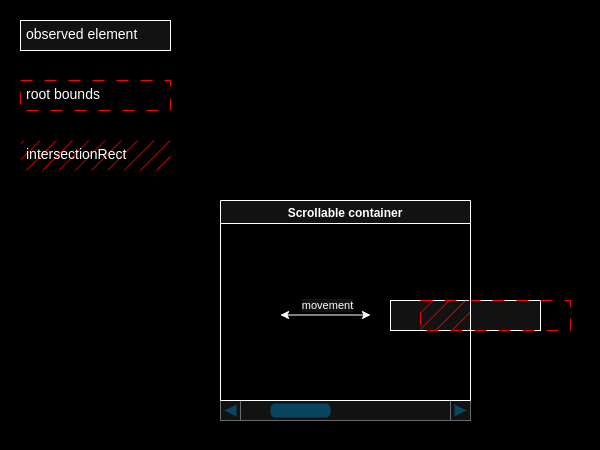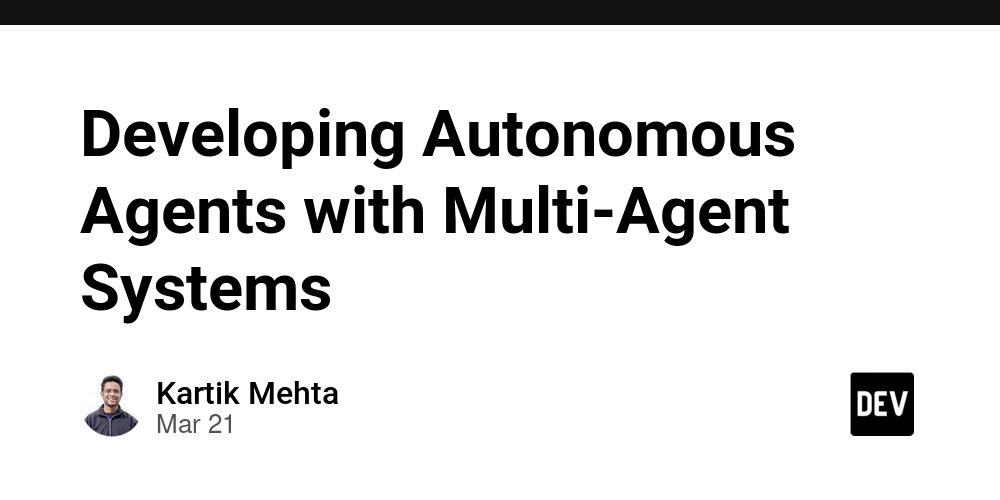The Story of The Whispering Boxes: Ada Lovelace Unlocks the Secrets of Variables and Constants
In a world where wizards controlled the fabric of reality with code, Ada Lovelace, the world’s first computer programmer, sat with her mentor, Charles Babbage, the inventor of the Analytical Engine. Charles presented Ada with a mysterious box. “This is the Box of Variables,” he said. “It can hold anything you desire, but you must give it a name and tell it what to hold.” Ada’s eyes sparkled as she opened the box. Inside, she found a small piece of paper with the word “x” written on it. “What does it mean?” Ada asked. “Ah,” Charles replied, “the ‘x’ represents the box’s contents. You can assign any value to ‘x’, and the box will hold it. But remember, once you assign a new value, the old one is gone.” Ada’s curiosity was piqued. She decided to assign the value “Bernoulli numbers” to the box, referencing her work on the Analytical Engine’s ability to calculate these complex numbers. x = Bernoulli numbers As she spoke the words, the box began to glow, and a series of numbers appeared inside. Ada beamed with excitement. “I did it!” But then, she had an idea. “What if I want the box to hold something else?” Charles smiled. “Simple. Just reassign the value.” Ada thought for a moment before speaking: x = music notes The box glowed once more, and the Bernoulli numbers disappeared, replaced by a musical composition. Ada grasped the concept. “A variable is like this magic box! It can hold different values, and I can change what’s inside by reassigning it.” Charles nodded, proud of his protégée. “Exactly, Ada. Your work on the Analytical Engine, including your method for calculating Bernoulli numbers, has shown the true potential of variables in programming.” The Immutable Values: Unlocking the Secrets of Constants As they continued to explore the world of variables, Charles introduced Ada to another concept: constants. “Ada, imagine a magical box that can only hold one thing, and once it’s set, it can never be changed,” Charles explained. Ada’s curiosity was piqued. “What’s the point of such a box?” she asked. Charles smiled. “Ah, but that’s where the power of constants lies. You see, constants are like these special boxes that hold a value that never changes. Once you set it, it remains the same throughout your entire program.” Ada thought for a moment. “So, constants are like variables, but I can only assign a value to them once?” Charles nodded. “Exactly! And that’s what makes constants so useful. They help you define values that shouldn’t be changed, like the number of notes in a musical scale.” Ada’s eyes widened as she grasped the concept. “I see! So, variables are like the magic boxes that can hold different values, while constants are like the special boxes that hold a single, unchanging value.” Charles beamed with pride. “You’ve got it, Ada! Your work on the Analytical Engine, and your insights into variables and constants, will forever change the world of computing.” And so, Ada Lovelace continued to weave her magic, using variables and constants to create innovative programs that would inspire generations to come.

In a world where wizards controlled the fabric of reality with code, Ada Lovelace, the world’s first computer programmer, sat with her mentor, Charles Babbage, the inventor of the Analytical Engine.
Charles presented Ada with a mysterious box. “This is the Box of Variables,” he said. “It can hold anything you desire, but you must give it a name and tell it what to hold.”
Ada’s eyes sparkled as she opened the box. Inside, she found a small piece of paper with the word “x” written on it.
“What does it mean?” Ada asked.
“Ah,” Charles replied, “the ‘x’ represents the box’s contents. You can assign any value to ‘x’, and the box will hold it. But remember, once you assign a new value, the old one is gone.”
Ada’s curiosity was piqued. She decided to assign the value “Bernoulli numbers” to the box, referencing her work on the Analytical Engine’s ability to calculate these complex numbers.
x = Bernoulli numbers
As she spoke the words, the box began to glow, and a series of numbers appeared inside.
Ada beamed with excitement. “I did it!”
But then, she had an idea. “What if I want the box to hold something else?”
Charles smiled. “Simple. Just reassign the value.”
Ada thought for a moment before speaking:
x = music notes
The box glowed once more, and the Bernoulli numbers disappeared, replaced by a musical composition.
Ada grasped the concept. “A variable is like this magic box! It can hold different values, and I can change what’s inside by reassigning it.”
Charles nodded, proud of his protégée. “Exactly, Ada. Your work on the Analytical Engine, including your method for calculating Bernoulli numbers, has shown the true potential of variables in programming.”
The Immutable Values: Unlocking the Secrets of Constants
As they continued to explore the world of variables, Charles introduced Ada to another concept: constants.
“Ada, imagine a magical box that can only hold one thing, and once it’s set, it can never be changed,” Charles explained.
Ada’s curiosity was piqued. “What’s the point of such a box?” she asked.
Charles smiled. “Ah, but that’s where the power of constants lies. You see, constants are like these special boxes that hold a value that never changes. Once you set it, it remains the same throughout your entire program.”
Ada thought for a moment. “So, constants are like variables, but I can only assign a value to them once?”
Charles nodded. “Exactly! And that’s what makes constants so useful. They help you define values that shouldn’t be changed, like the number of notes in a musical scale.”
Ada’s eyes widened as she grasped the concept. “I see! So, variables are like the magic boxes that can hold different values, while constants are like the special boxes that hold a single, unchanging value.”
Charles beamed with pride. “You’ve got it, Ada! Your work on the Analytical Engine, and your insights into variables and constants, will forever change the world of computing.”
And so, Ada Lovelace continued to weave her magic, using variables and constants to create innovative programs that would inspire generations to come.










































































































































































![[The AI Show Episode 142]: ChatGPT’s New Image Generator, Studio Ghibli Craze and Backlash, Gemini 2.5, OpenAI Academy, 4o Updates, Vibe Marketing & xAI Acquires X](https://www.marketingaiinstitute.com/hubfs/ep%20142%20cover.png)





























































































































![[DEALS] The Premium Learn to Code Certification Bundle (97% off) & Other Deals Up To 98% Off – Offers End Soon!](https://www.javacodegeeks.com/wp-content/uploads/2012/12/jcg-logo.jpg)
![From drop-out to software architect with Jason Lengstorf [Podcast #167]](https://cdn.hashnode.com/res/hashnode/image/upload/v1743796461357/f3d19cd7-e6f5-4d7c-8bfc-eb974bc8da68.png?#)








































































































.png?#)




(1).jpg?width=1920&height=1920&fit=bounds&quality=80&format=jpg&auto=webp#)





























_Christophe_Coat_Alamy.jpg?#)
.webp?#)
.webp?#)











































































































![Apple Considers Delaying Smart Home Hub Until 2026 [Gurman]](https://www.iclarified.com/images/news/96946/96946/96946-640.jpg)
![iPhone 17 Pro Won't Feature Two-Toned Back [Gurman]](https://www.iclarified.com/images/news/96944/96944/96944-640.jpg)
![Tariffs Threaten Apple's $999 iPhone Price Point in the U.S. [Gurman]](https://www.iclarified.com/images/news/96943/96943/96943-640.jpg)


































































































































